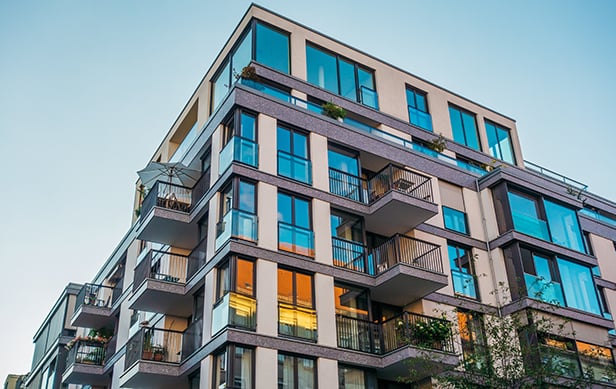 Visitor management tools are the new hot trend in workplace technology. These platforms uses room occupancy sensors to determine meeting space availability and help to schedule and coordinate meetings. It is the latest in a series of technology tools coming to workspaces to promote efficiency and simplicity in the workplace. To find out more about this trend, we sat down with Eric Lockwood, Eric Lockwood, business development executive at Tangram Technology, who is an expert in workplace technology integration. Here, he tells us about this new trends, the benefits and how companies should approach technology integration to meet their needs.
Visitor management tools are the new hot trend in workplace technology. These platforms uses room occupancy sensors to determine meeting space availability and help to schedule and coordinate meetings. It is the latest in a series of technology tools coming to workspaces to promote efficiency and simplicity in the workplace. To find out more about this trend, we sat down with Eric Lockwood, Eric Lockwood, business development executive at Tangram Technology, who is an expert in workplace technology integration. Here, he tells us about this new trends, the benefits and how companies should approach technology integration to meet their needs.
GlobeSt.com: You have talked about the importance of technology design. What are new technologies that you are seeing enter the workplace?
Eric Lockwood: What is new are the emerging, complete “visitor management” platforms that extend basic room scheduling functionality to include supplemental features such as self-check-in via a mobile app or interactive kiosk, integration with building access control systems—so the same proximity card can be used to access the suite and reserve a room on the fly—wayfinding to help a visitor find their scheduled meeting location, digital signage to display all room schedules and notices for the day, and the ability to reserve individual desks in an open hoteling or “hot desking” environment. Some platforms additionally include the ability to search for and reserve rooms or desks based on attributes such as location, by floor, building, site, country, seat count and audiovisual capabilities.
However, the workspace trend that is perhaps gaining the most interest currently is occupancy monitoring and utilization analytics. It's a common occurrence in the workspace to see large, well-equipped conference rooms being reserved for use by just one or two people, as well as booked rooms sitting unoccupied either because a meeting finished early or due to “no shows.”
GlobeSt.com: How does it work?
Lockwood: Room-based occupancy sensors can now be implemented to detect when a room is unoccupied and, after a predetermined period, automatically “unreserve” it and release it back into the available resource pool. More advanced solutions go further and offer individual, seat-based occupancy sensors to not only sense when a room is occupied but track exactly how many people attended the meeting and for how long. Importantly they do not track specifically who attended to preserve confidentially.
GlobeSt.com: What is the benefit of using this program, rather than a standard calendar?
Lockwood: The real value is that all of this information can then be gathered and analyzed to present useful, real-world data on actual room utilization. This data may include average room or desk utilization over a given period like a week or month, peak occupancies, frequency of over-bookings and no shows, and other metrics that can help resource managers optimize usage through procedural changes, reallocation of resources or other means.
Conversely the analytics reports may show that all available resources are currently being used to capacity and additional meeting rooms or touchdown spaces are required from corporate real estate. In either case, the information afforded by implementing sensors and analytics reporting is not only valuable but increasingly seen as critical to optimizing operations and productivity.
GlobeSt.com: What is you key advice for companies looking to integrate new technologies into their workplace?
Lockwood: Technology integration is a complicated business, but that's where an effective technology partner comes in. With the guidance of an experienced technology integrator that not only espouses technical excellence but also deeply cares about the client, the end users, the vision and the experience, all of that complexity can be effectively managed, coordinated and simplified.
© Touchpoint Markets, All Rights Reserved. Request academic re-use from www.copyright.com. All other uses, submit a request to [email protected]. For more inforrmation visit Asset & Logo Licensing.






